Has NASA Cracked the Formula to Growing Food in Space?
Could the final frontier be the future of Earth's food production?
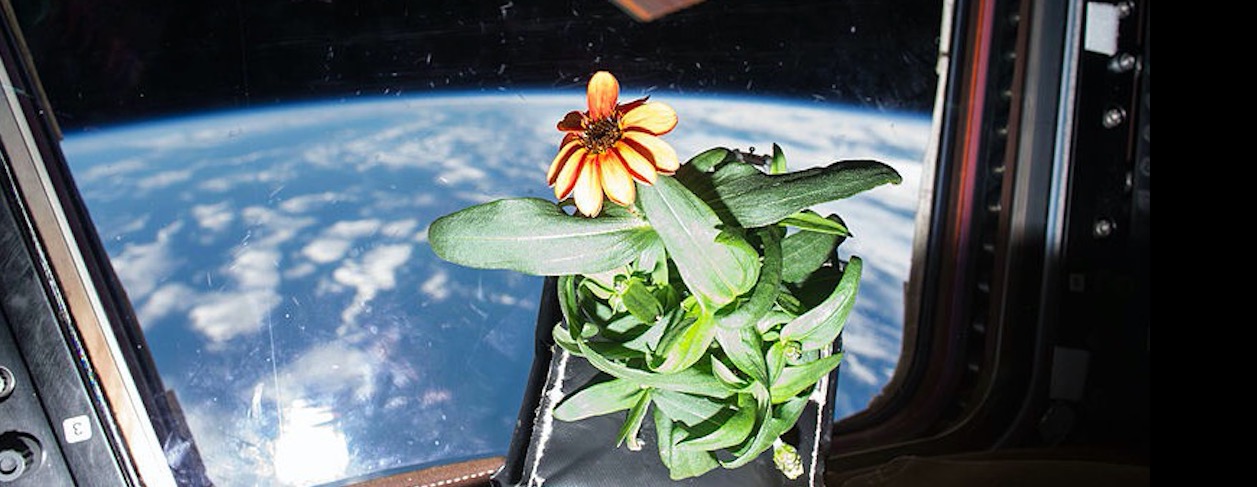
Living out in space isn't necessarily filled with the glitz and glam of Hollywood blockbuster movies. Most astronauts are conducting vital research and gathering crucial data to further mankind's exploration into the vast unknown. Some of this research solely pertains to understanding the cosmos while other research hits a little closer to home. Could it be possible that NASA has discovered a way to grow veggies in space?
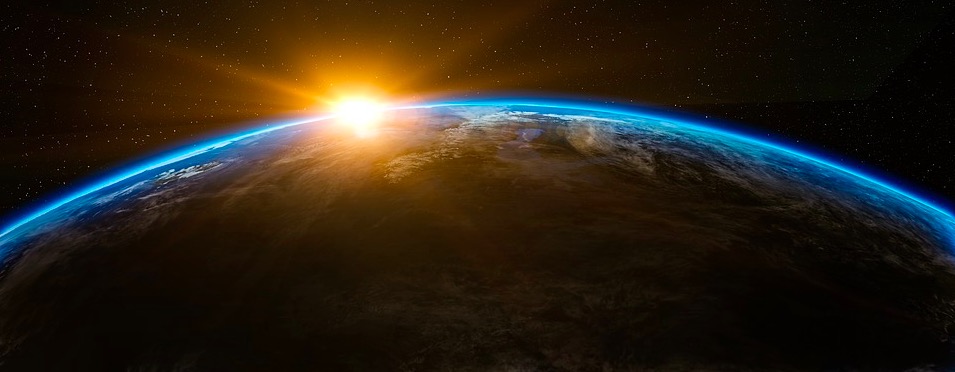
Why Grow Food in Space?
Yes, NASA has discovered how to grow veggies in space. However, if you're thinking of full-scale gardens aboard a spaceship, that's not quite as far as things have gotten. As with all things done by NASA, there is data to collect, parameters to follow and strict protocols to adhere to. This is why the project is still in its infancy, though it has been active for several years. The importance of this project truly has wide-reaching benefits for humanity. According to NASA, [1] "future long-duration space missions will require crew members to grow their own food, so understanding how plants respond to microgravity is an important step toward that goal." In addition, space gardens will help [2]"make more oxygen, recycle waste, and help [astronauts] not miss home so much." On a more Earthly level, [3] "creating self-contained growth systems [like Veggie] might help farmers on Earth grow crops year-round or foster plants with extra protein and high yield."
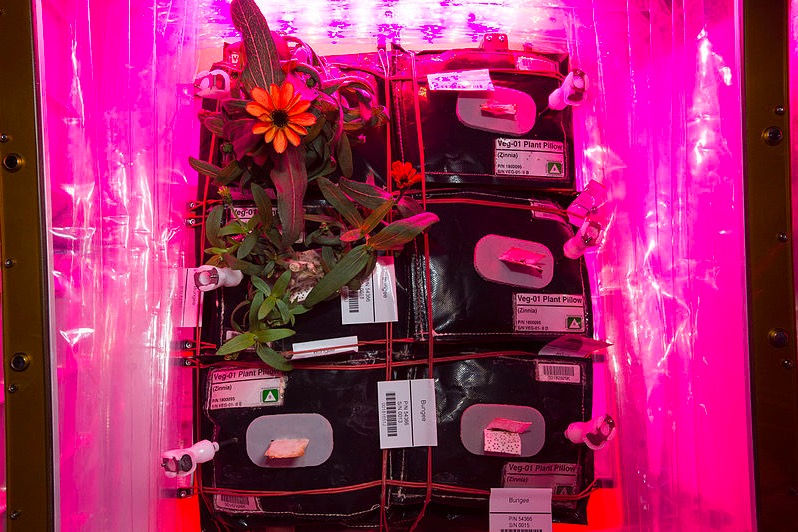
How Plants are Currently Grown in Space
In order for plants to survive up in space, a garden can't really exist in its earthly form, at least not yet. Instead, [4] "the VEG-03 series of plant growth experiments uses the Vegetable Production System (Veggie) to cultivate a variety of pick-and-eat plants such as lettuce, cabbage, and mustard which are harvested on-orbit then returned to Earth for testing." Veggie's design is composed of three distinct parts: a lighting system, a bellows and a reservoir. The lighting system is designed to test the optimum light levels required by different vegetables to grow in space. The bellows controls the flow of pressure and air the plant receives and the reservoir provides water to Plant Pillows, which contain seeds and fertilizer. Over time, the Veggie system has grown more and more reliable.
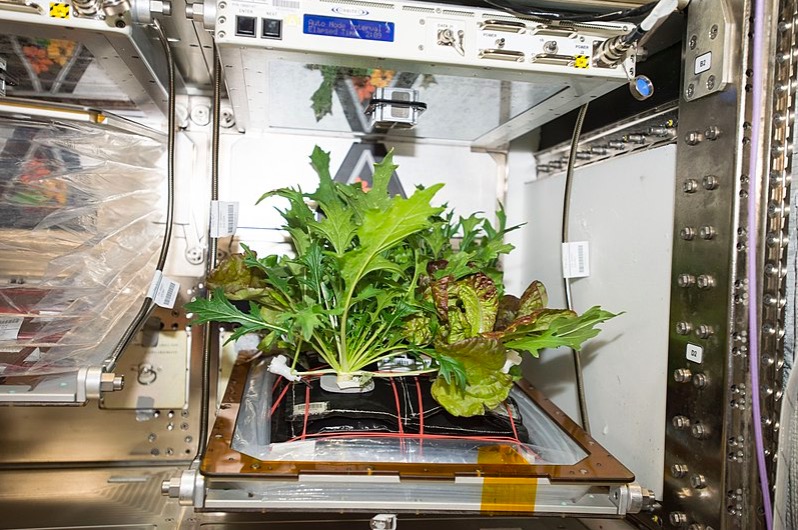
What's Been Successfully Grown So Far?
So far, the following plants have been grown successfully on the International Space Station (ISS) with project Veggie:
1. Red Romaine Lettuce
2. Zinnia Hybrida Flowers
3. Chinese Cabbage
4. Lettuce
5. Cabbage
6. Japanese Mustard
Conclusions
NASA has proven that it is definitely possible to grow food in space, though the emphasis is firmly on creating self-sufficient ecosystems that are able to grow veggies for long-distance space travel. Once this technology can be scaled up, long-distance space travel could be a real possibility. However, the technologies being developed could also have real impacts home on earth, as well. Theoretically, self-sustained, contained farming systems could even cause a revolution in current farming techniques. As for having a space farm that produces commercial amounts of veggies, that's not likely to happen for quite some time yet.
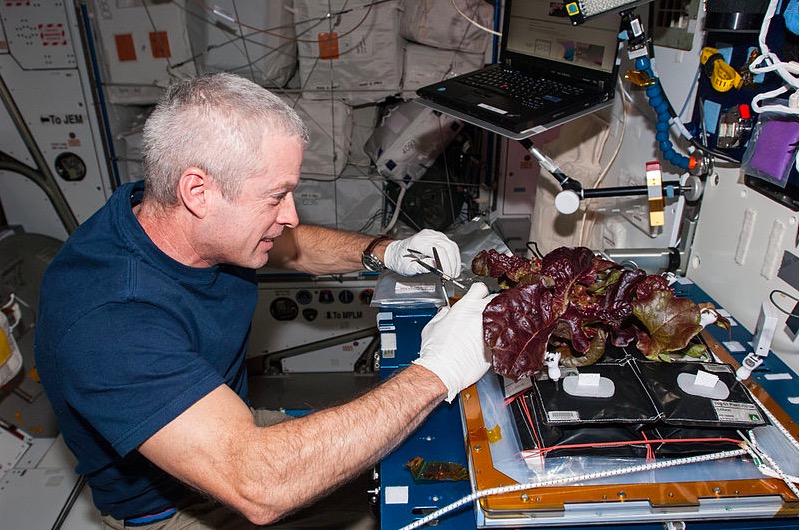
[1] https://www.nasa.gov/spacebio/plant/our-experiments
[2] https://www.popsci.com/nasa-growing-food-in-space/
[3] https://www.popsci.com/nasa-growing-food-in-space/
[4] https://www.nasa.gov/spacebio/plant/our-experiments